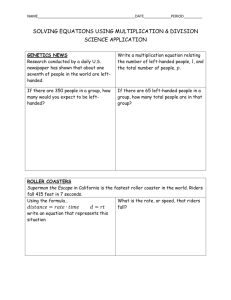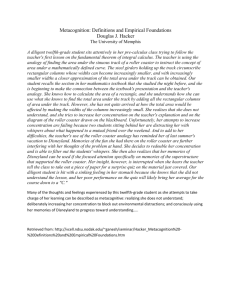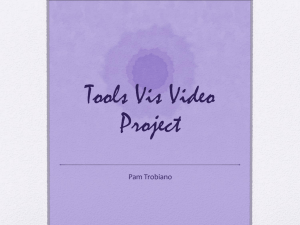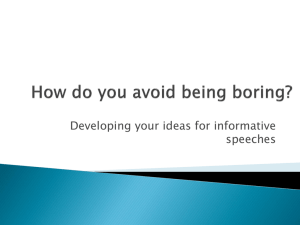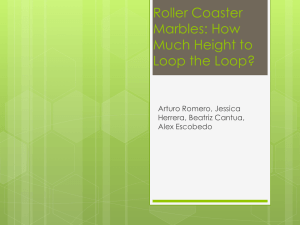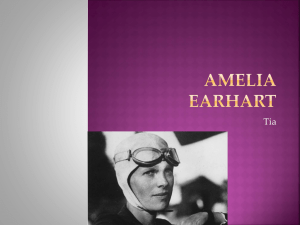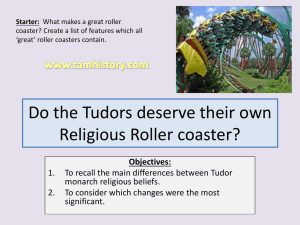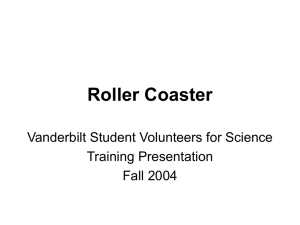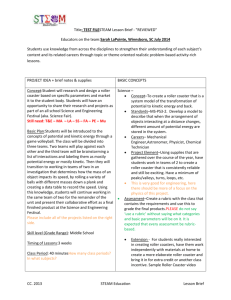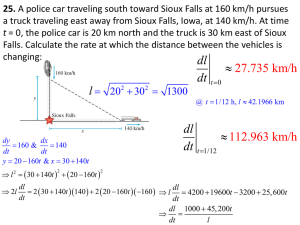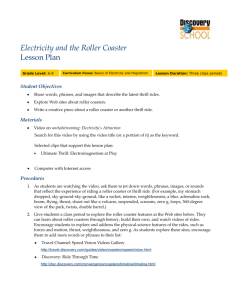Google Map Project
advertisement
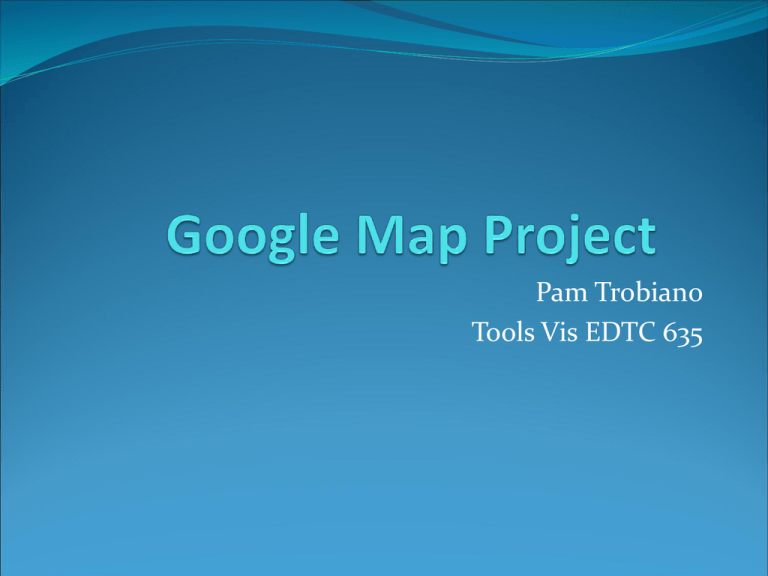
Pam Trobiano Tools Vis EDTC 635 Project You are a roller coaster enthusiast and want to travel to the amusement parks with the most thrilling roller coasters. Research the top 5 roller coasters with the greatest slopes. Mark them on a map of the United States and plan a trip to travel to all five places. Calculate route distance, time and cost. Target Audience & Standards 8th grade students Math class – approximately 30 students per class Beginning of school year CCSS.Math.Content.7.RP.A.2.b CCSS.Math.Content.7.RP.A.1 CCSS.Math.Content.8.EE.B.5 CCSS.Math.Content.8.EE.C.7 Goals and Objectives SWBAT research the top 5 steepest roller coasters in the United States. SWBAT locate these cities on a Google map of the US and create points. SWBAT map a route connecting all five places. SWBAT calculate total distance, time and cost for the trip. Research Theme Park Locations Distance Route Area Covered Distance Example Use the map distances… Distance Clifton to Salem 199 miles Salem to Hershey 330 miles Hershey to Monticello 530 miles Monticello to Bloomington 432 miles Bloomington to Farmington 958 miles Farmington to Clifton 1,935 miles Cost Time Brainy Bits – Limbic System Thamalus - sensory information goes through the brain here first before being directed to other parts of the brain. Students are taking in information from sight, sound and touch all throughout the lesson. Hypothalamus -regulates internal systems. If this is off balanced the student may have a hard time focusing during the lesson. For example if they are tired or hungry Brainy Bits – Limbic System Hippocampus- Takes working memories and converts to long term storage. As the project is going on, students will being taking the memory of the project and putting it into long term storage for future research topics. Also compares to previous experiences, students may have personally been on a roller coaster or road trip Amygdala- regulates emotions. If students enjoy the project, future research may come easier to them. IF they are frustrated during it, they could fear projects. Pedagogy Piece- Multiple Intelligences Visual- Map with points has the visual route Verbal- Understand directions from teacher, follow directions to create maps, read research Intrapersonal- Independent project- all the work is done by the student. Math/Logical – calculating the distance, cost, time Kinesthetic- places the points on the map, dragging the lines to create routes and area covered Pedagogy Piece- Sense & Meaning Sense comes from whether the student can understand the concept based on their experience. Students can make sense of researching steep roller coasters and traveling to them. This is an activity many students would consider doing. Meaning is when it is relevant to the student. Students most likely will visit theme parks or even go on some sort of road trip in their lifetimes. Citations http://www.corestandards.org/Math/ http://en.wikipedia.org/wiki/List_of_roller_coaster_ra nkings http://rollercoaster.wikia.com/wiki/Steepest_Drop_on _a_Roller_Coaster Sousa, David A. How The Brain Learns. 3rd ed. Thousand Oaks, CA: Corwin, 2006. Print.
